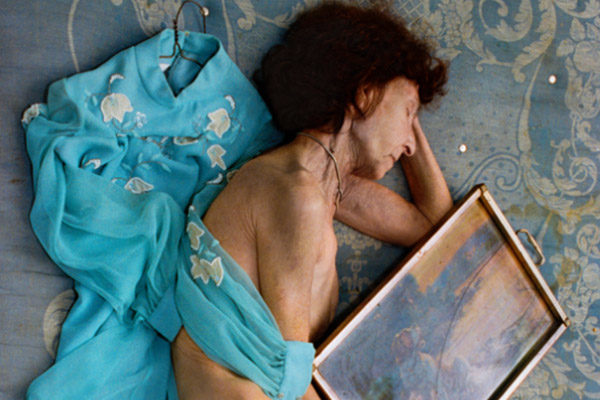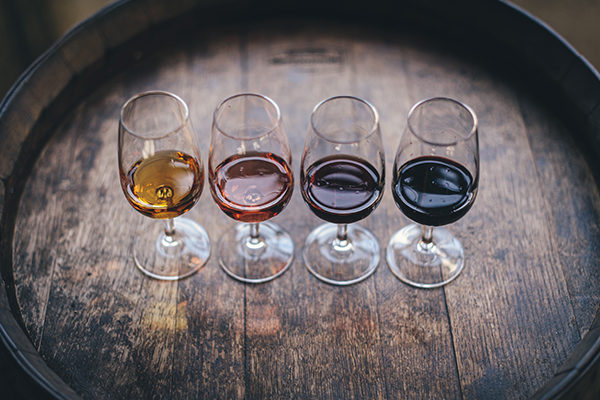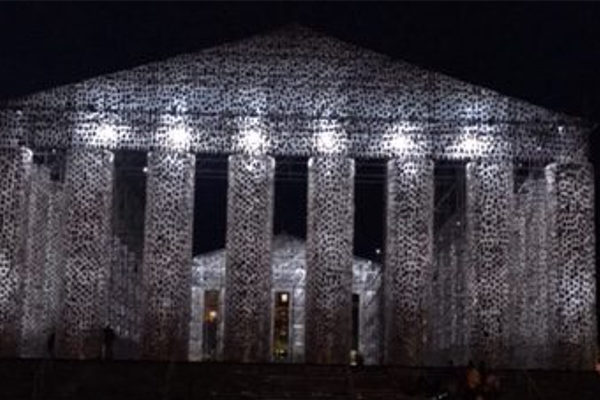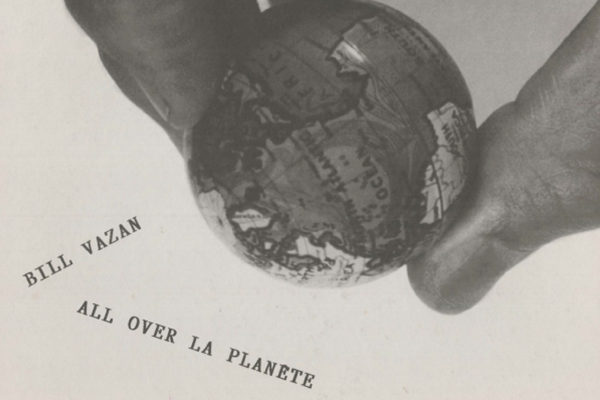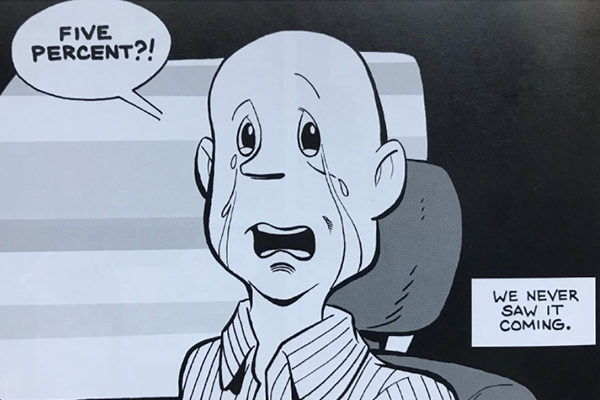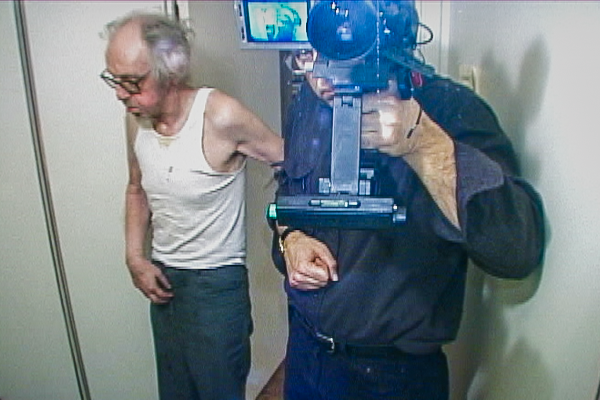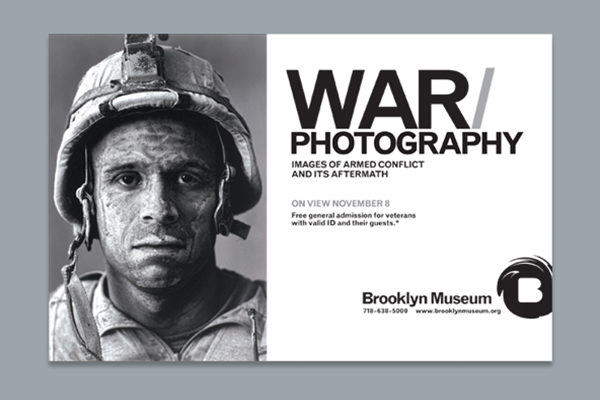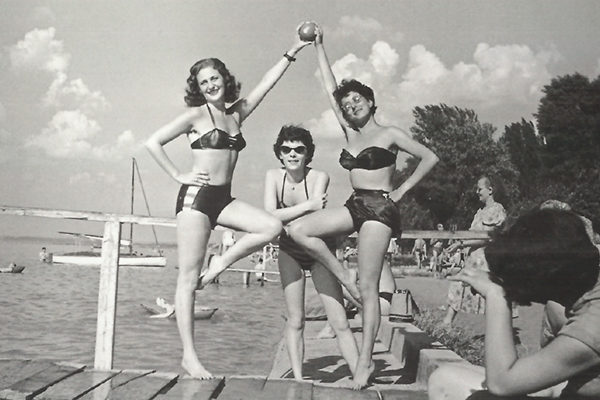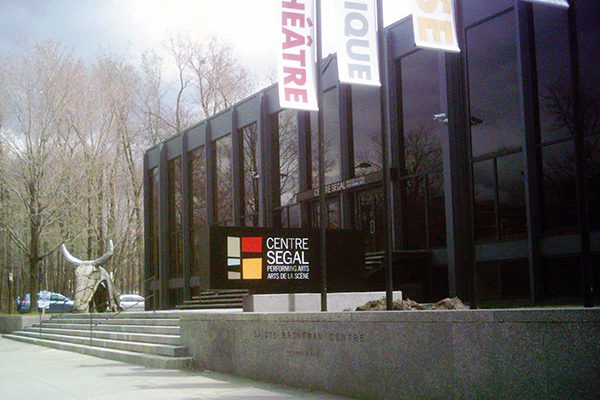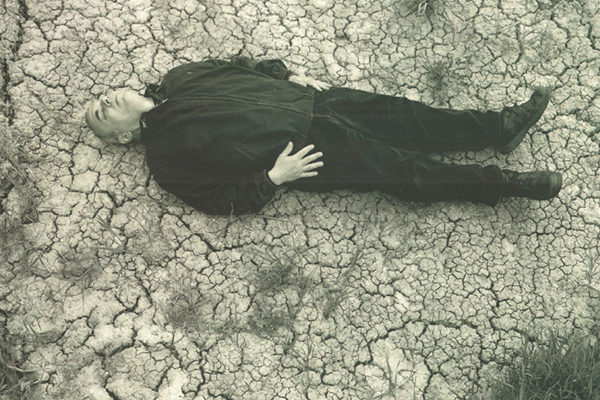Three Montréal Photographers+: Tom Gibson, Donigan Cumming and Michel Campeau (2021)
This autobiographical exhibition celebrates Robert Graham’s practice of over forty years as a critic and collector. Brought together here are works from Tom Gibson, Donigan Cumming and Michel Campeau, as well as Eadweard Muybridge, Miroslav Tichý and Martin Parr.
